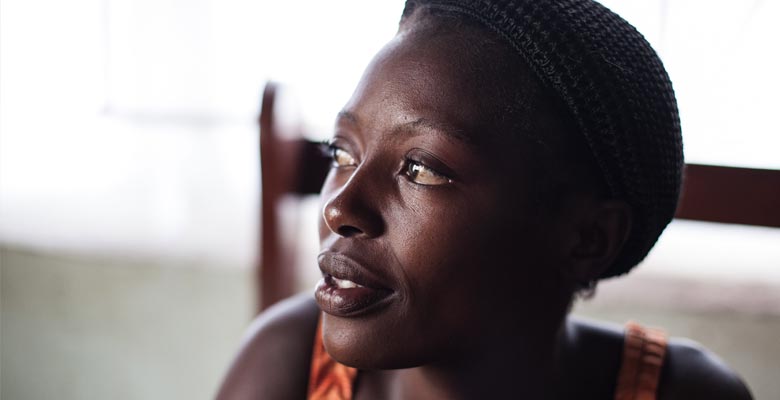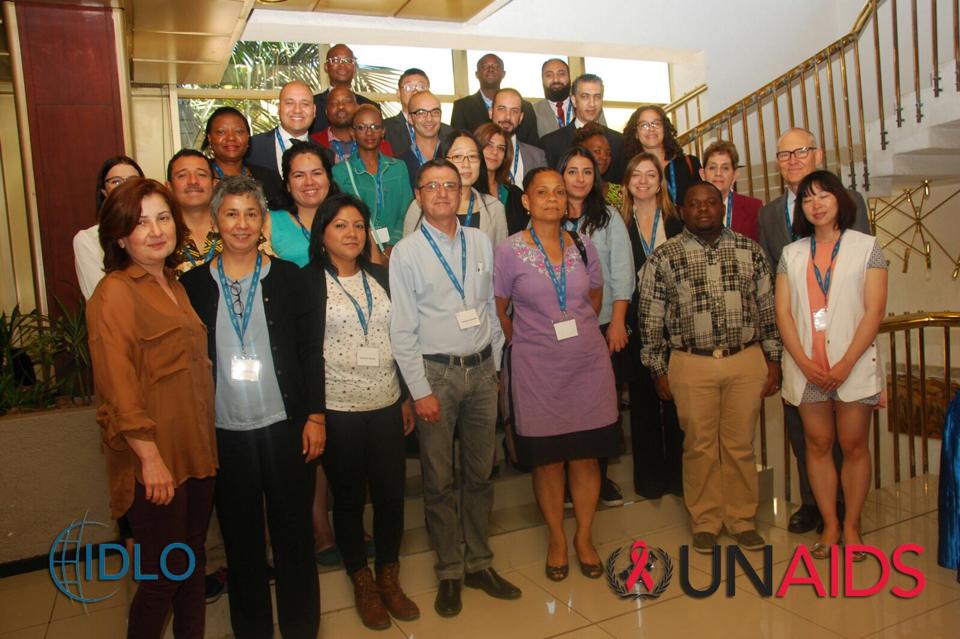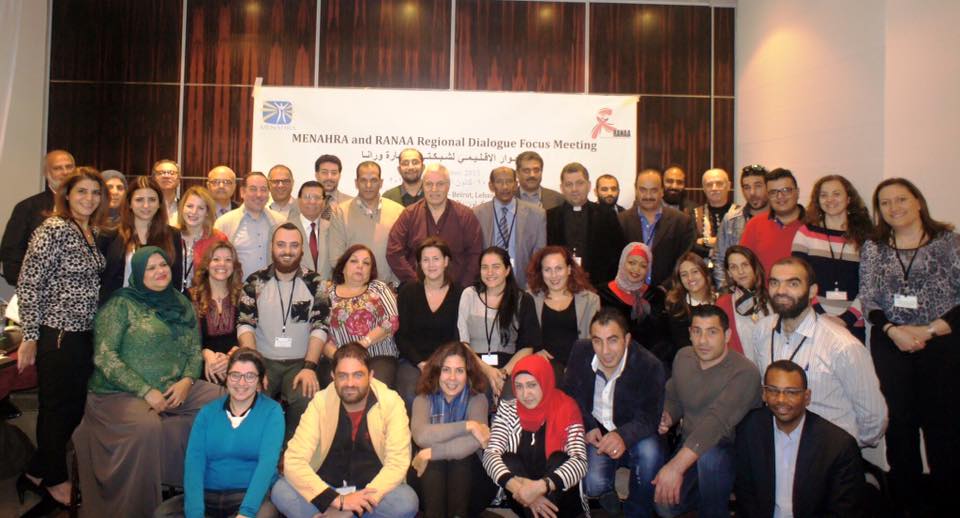HIV transmission from mother-to-child (MTCT) in South Africa fell to just 1.5% in 2015, down from 30% in the early 2000s, exceeding the national target of 1.8%.
The sharp decline in new infections is attributed to improvements in antiretroviral treatment (ART) access, with 91% of expectant mothers living with HIV in government clinics now receiving ART to prevent HIV transmission to their child and for their own health.
The new figures were released in the 10th edition of the District Health Barometer, a report by the Health Systems Trust which reviews public health service delivery in the country. The rise in the number of women receiving ART has also led to a slight fall in the number of women who died during pregnancy, childbirth or before 42 days. The report states that the fall in maternal mortality is due mainly to improvements made in dealing with non-pregnancy-related infections, including HIV-related deaths. The number of maternal deaths caused by HIV is expected to continue to decline as more pregnant women living with HIV access treatment.

Despite improvements, South Africa still has a battle to control its epidemic. In 2012, there were 469,000 new HIV infections, with a high incidence among young women aged 15-24 years. The same can be said across sub-Saharan Africa, with young and adolescent women disproportionately affected by HIV. In 2013, 74% of all new HIV infections among adolescents in Africa were female, and HIV is still the leading cause of death among adolescents in Africa.
The authors state: “Fuelling the spread of the disease is the reported decline in knowledge levels about HIV, and an increase in risky sexual behaviour.”
Going forward, the South African response must have a strong focus on HIV prevention education, in addition to a continuing emphasis on treatment, if the UNAIDS target to end AIDS by 2030 is to be met.








